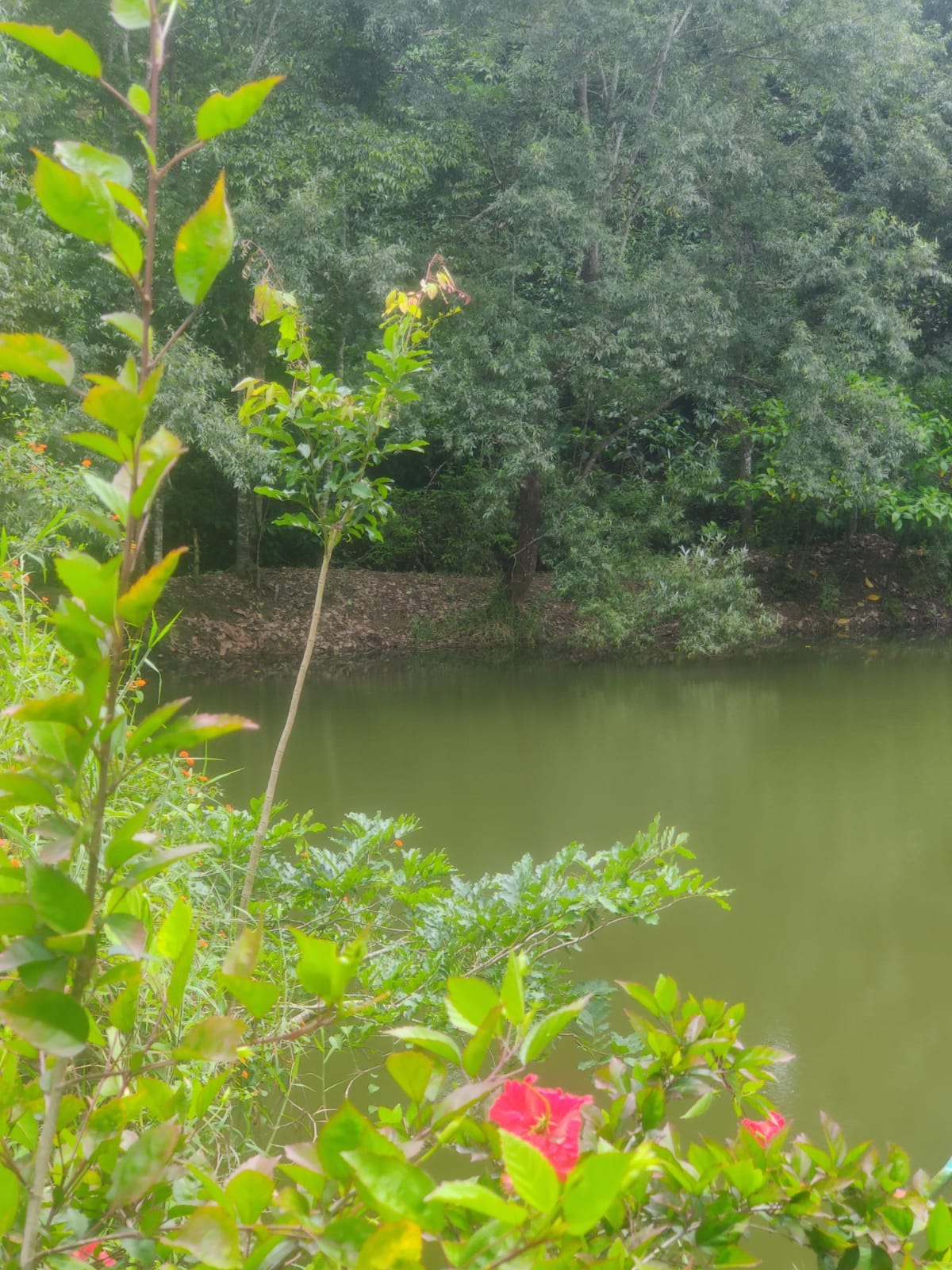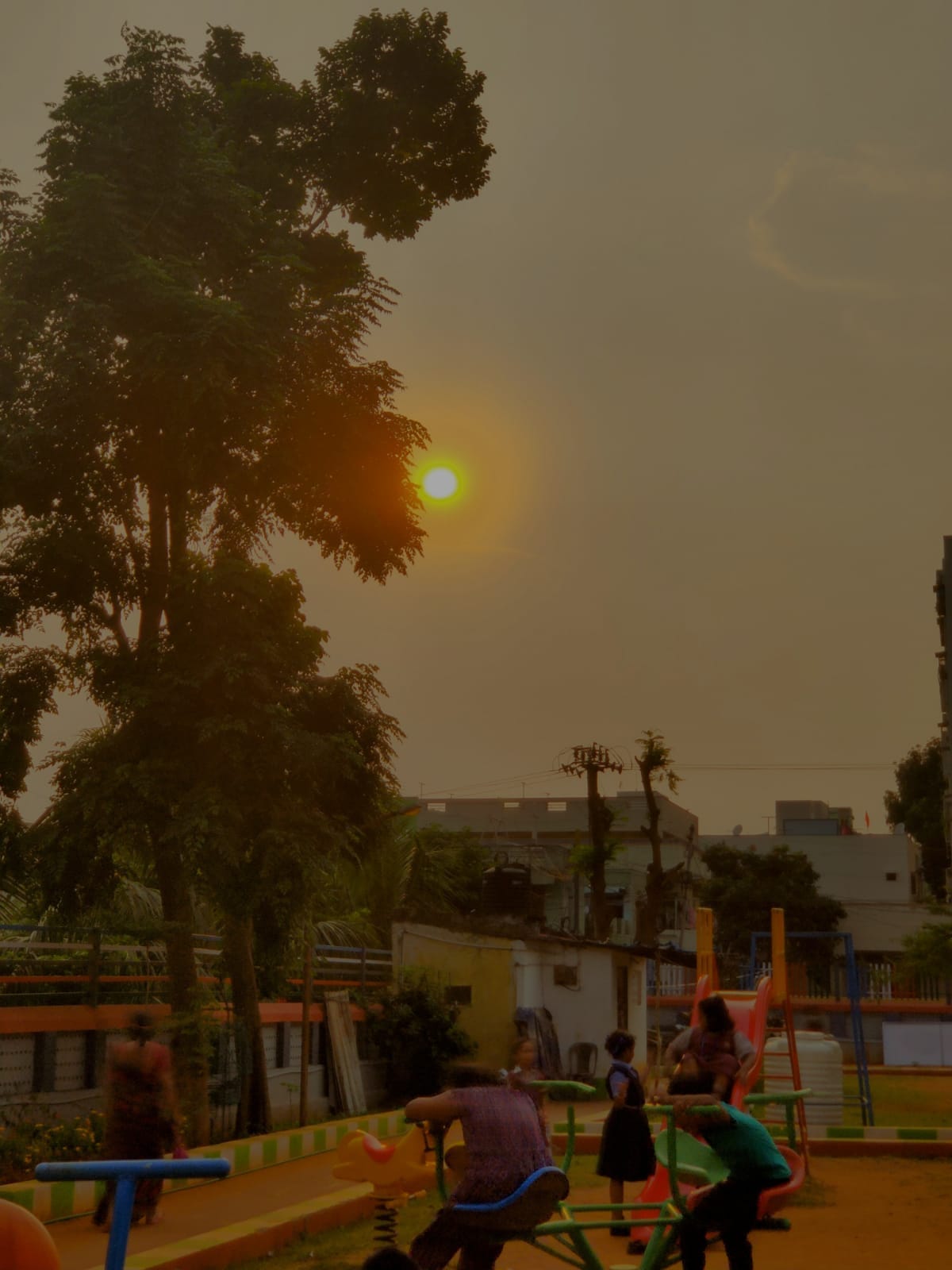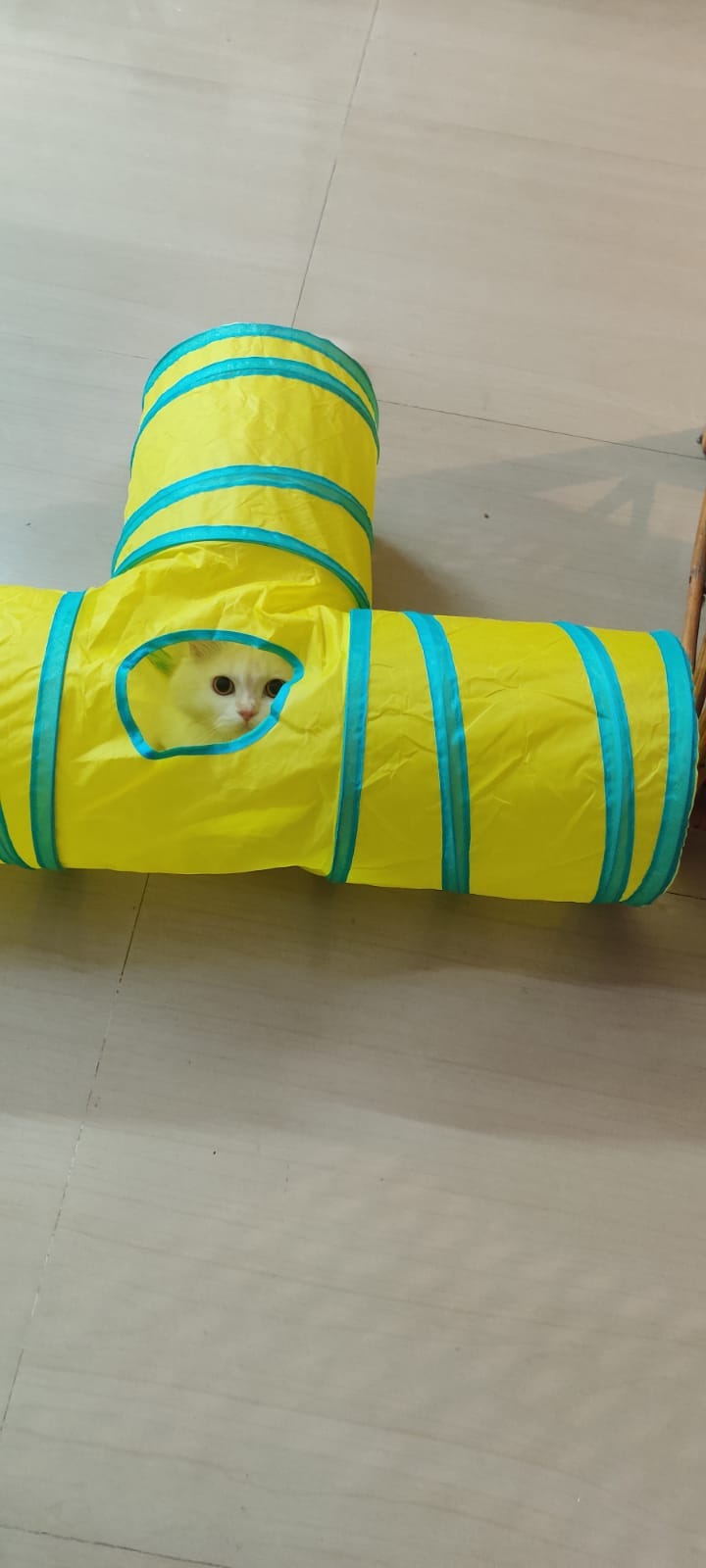Dear one,
I have been thinking a lot about gratitude these days. What is gratitude? Is it a journal entry? An Instagram reel? A meme? Or is it something you embody? Is gratitude serendipity like rain on a hot summer’s morning? Or is it continuous like the steady stream of sweat on the farmer’s brow? When we talk about “Practicing gratitude”, what are we talking about? What is the landscape we are traversing?
Many years ago, I owned a “Gratitude Journal”. It was a smallish notebook with a brown hard outer cover, and pages as smooth as warm butter. Every other page had either an inspirational quote or a prompt. I remember spending a considerable amount of money on that pretty little piece of stationery. Every night, I would write very sincerely in the notebook. The practice lasted for exactly a week. I don’t remember why exactly I stopped penning in the notebook. But somewhere in the middle of the year, I gave away my notebook to one of my kids. A few months later, in the middle of a decluttering spree, once again the notebook landed in my hands. The pages were not empty as I had thought but filled with tiny doodles of all shapes and sizes. Some of them were colored haphazardly with color spilling out in all directions. At that time, I remember thinking, “What a waste of precious paper”. But now, I realize gratitude does have a way of playing out in real life in ways that you could never envision. It goes beyond pretty pen and paper. It goes beyond all algorithms. It goes beyond technology.
In another instance, a dear friend (let us call her Hetal for now) told me once how she was a staunch practitioner of gratitude.
“Every morning in the middle of the maddening chaos, I sit and meditate for at least 20 minutes. Then I sit and write a list of things I am grateful for.”
Hetal’s voice turned defiant as she said this. Her chin jutted forward, and light rushed to her eyes.
“Everyone in the house complains about the timing of it all, but I sit put,” she chuckled softly.
“I am grateful for the food he puts on the table; I am grateful for this house, I am grateful for the money in my purse, I would write through all the madness,” Hetal told me. Her voice shook. Hetal’s husband was the most toxic man I had come across. He wouldn’t flinch before telling his wife that she looked ugly in a particular outfit. Hetal is no diminutive wife either. She gives it back to her husband fair and square. Their house is a daily battlefield, and it falls on the shoulders of their hapless children to resolve the daily fights between their parents.
“He is 25 and has not had a romantic relationship till date,” Hetal told me, referring to her elder one, “I know K and I have damaged it for our kids,” she completed her eyes filling with tears.
I felt a lump in my throat. For those of you jumping in to say as to why Hetal does not simply leave her spouse, I say hold on. Hetal’s life is not just about the abusive marriage she is in or the defiant meditation she does in the mornings. She is an artist par excellence, and her works bring one to a state of pause and awe. Not only that, but she is also a friend to her boys and whips up the most delicious cakes and desserts.
So, what is gratitude? Is it those few cryptic entries that Hetal makes early in the morning, which perhaps make no sense even to her wild, artistic spirit? Or is it her work? Or the beautiful bond which she shares with her sons? Her marriage which continues to stagnate? All of the above? Something more than “all of the above"? Something expansive? And Messy? And chaotic? And calming?
I once watched a video of a celebrity life coach where he shared his “4- step gratitude model” which consisted of “Breathwork, thinking of three things/people for which he is grateful, sending gratitude to those three things/people, and then visualizing success”. There were many excited comments at the end of the video because it was “so simple to follow”. But then this gentleman’s program sells for thousands of dollars; in the program itself one person admitted how they had sold all their property to attend this program. Hence, this over simplified simplistic gratitude model made a lot of sense. And everything has to end with a grand vision of success. So, why not?
Jokes and sarcasm aside, one of the most poignant examples of gratitude I have come across in recent times is in the two books I read, both gifted by very close friends.
In, “Mornings in Jenin”, Amal the young woman is shot in her stomach, and she wakes up every morning to the reality of her fourteen-year-old “disfigured body”, her mother plunging deep into the “abyss of her own mind” and realizing that “life is mercurial and fickle not to be trusted”. Despite the assault on her body, when Amal’s body persists, and she continues to wake up in the wee hours of the dawn to commemorate her father, something else also snaps open within her—her grudge for her best friend. Amal finds herself loathing her friend for the “wholeness” of her body and wishes her own misery on her friend. Amal continues to push away Huda and Huda continues to hold space for her friend in her own compassionate way. And one day finally when Amal surfaces from the “Siberia” of her “ornery determination”, and once again she finds the enduring and solid grounds of Huda’s friendship.
“And we pick up where we had left off,” writes the Author Susan Abulhawa in Amal’s voice.
This is Palestine—a land ravaged by war and destruction. Amal’s voice does not arise in a vacuum. It does so in the thick aftermath of grief—a grief that continues to hold hope (of the most fragile kind), friendships (including an interfaith one), love and yes laughter too.
One thing that saddens me immensely is when people talk about gratitude in utilitarian terms— practicing gratitude to double one’s productivity game, organizations having specific policies for gratitude on their company manual, the “how to”s of gratitude, etc.
One article that I read actually said that if you select more than three things to be grateful for, the novelty will wear off after some time and chances are you will “stop the practice”. Interesting, no, the metaphors and all? Is gratitude an object?Only an individual effort and nothing more than that? But then who really is an individual?
“Stay True” by Hua Hsu came to me on my 49th birthday—a day on which I was feeling unusually overwhelmed, scattered and lost. My menopausal hormones had caught up with me and my body felt strange and alien to me that morning. I read the book slowly, haltingly over the next one month letting Hua Hsu’s words seep into my being.
That brings me to my next question, “How much of gratitude is about that moment and how much is it about histories, geographies and fusion of timelines?”
Hua Hsu and Ken are from Taiwan and Japan respectively and they meet in Berkely where their friendship blossoms. However, Ken is rather cruelly killed in his own car and Hua Hsu is left alone to navigate a world that is Ken-less and bereft of love, laughter and music they once shared.
Hua Hsu’s gratitude is not just about making sense of the present moment but about diving deep within and staying with questions that are messy and deeply uncomfortable. And yet he stays there with utter humility and grace.
Towards the end of the book, Hua Hsu wonders what would have happened had Ken been alive?
“Maybe I would have gone to New York and not Boston,” he writes, “Maybe I would have gone to Boston, and we would have finally lived together. Maybe it was only a matter of time until we grew apart. We would have continued living, reminded of each other when a song came on during a movie, or on the radio, or whatever unforeseeable technology delivered us beauty. I would never have a reason to remember all this. I would never have a reason to remember all this. Maybe I would never have turned to writing at all. The allure of all these years had been the possibility of the asymptote’s line one day meeting the curve. At first this realization that I could never force a connection seemed tragic; then it seemed comforting to imagine that the line and the curve could go on forever. They move in the same direction, even if they never touch.”
So, what is “gratitude”?
I remember a conversation with a client the other day.
“I guess I keep looking for external validation,” the young man bemoaned.
“And who are you when you keep looking for external validation?” I asked
“Guess I am just a grumpy underconfident man,” he said
“And who are you when you are that?” I persisted.
Moments ticked.
“I guess I am a puppy,” he said with a smile.
“And puppies are...” I ventured.
“Warm and playful and so full of love,” he finished.
“Warm and playful and so full of love,” I repeated. Beside me Maon slept his tummy rising and falling rhythmically. As I looked up, I could see my shelf filled with books—some calling out to me, aching to be held, some just chilling out.
The session is over. I feel hungry and tired. I walk into the kitchen to make myself something. I light up the stove and start heating the dhal. The dhal looks insipid and unappetizing. I no longer feel like eating. I feel irritated and annoyed. And then the client’s words come back to me.
“I guess I am a puppy”
A puppy—
warm,
Playful,
soft.
I breathe easy and mix dhal with the rice. Outside it has started to rain; the November chill settles on my skin. I eat the first morsel and feel a rush of warmth course through me.
And here I will pause my dear friend.
Thank you for listening to me.
Warmly,
S
This is the Khichdi Pot. If you would like to know more about this offering, you would want to click here. If you find the Khichdi warm, scrumptious and flavorful, perhaps you would want to share it with your near and dear ones.
©: Sridevi Datta








"Is gratitude an object?" This question is so important.
Sri you have taken us rambling through many pathways today. I will be pondering as I wander through this terrain.
I love what your client came up with. Quite a surprise answer. The playful puppy comes pawing the human to be noticed - and validated? Methinks ...
Thank you for making my coffee that much more precious. I will sit and sip now, already comforted and energized by your thoughts.
This piece is stirring me -- the many many versions of gratitude-making. Noticing the world in which such feelings are held will be clamped by its patterns of transaction, function, instrumental action, status-making...
And yet how beautiful this feeling...